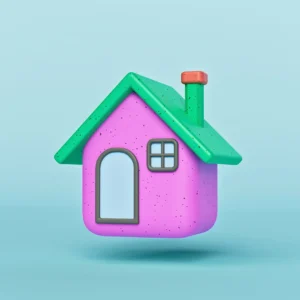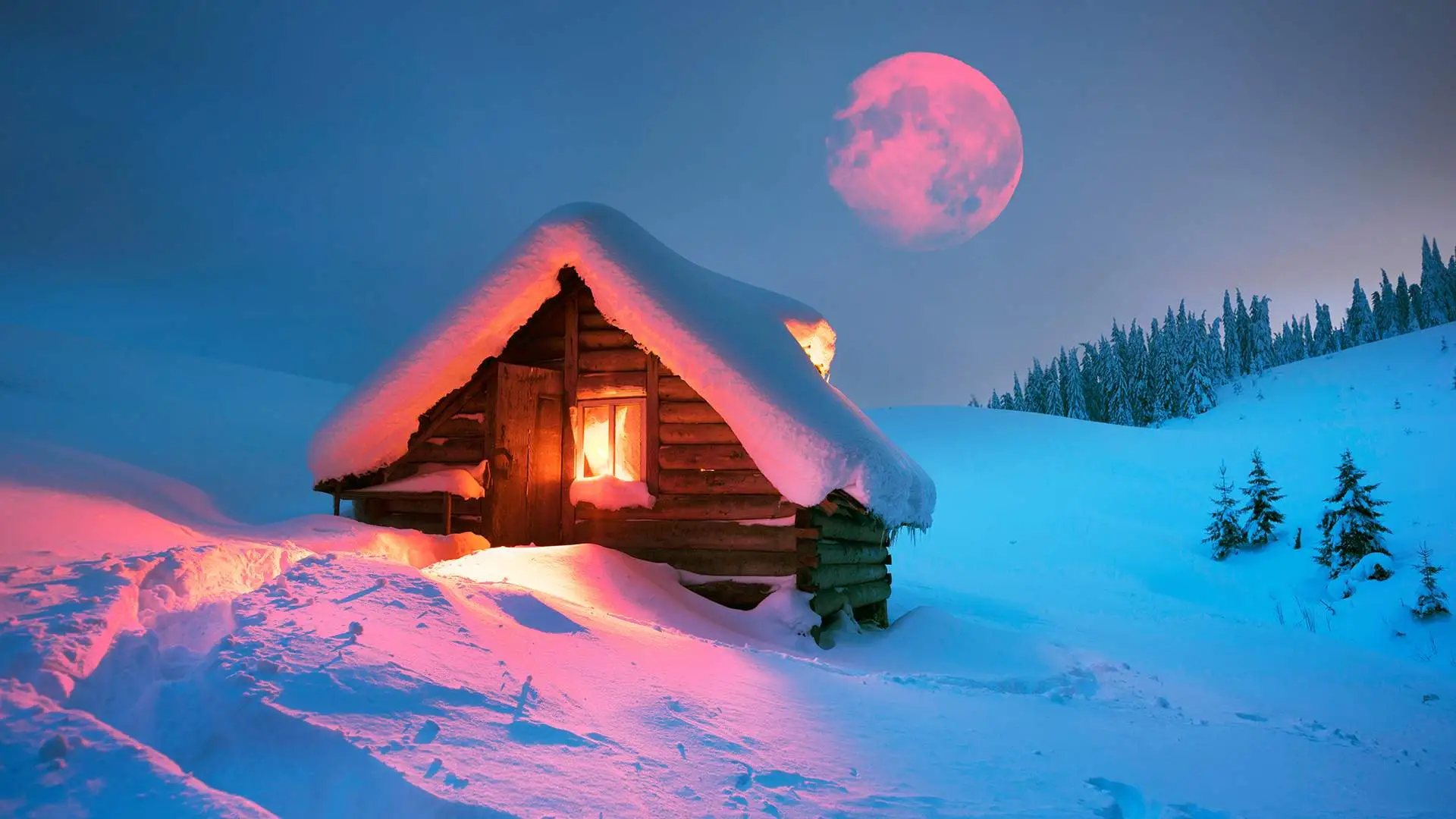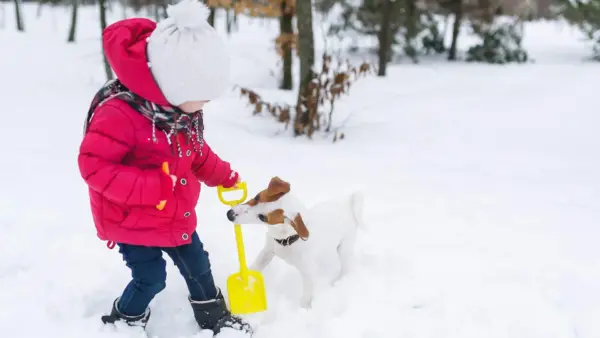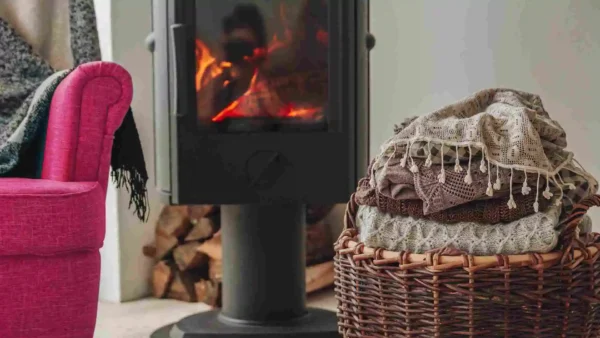Most people have their cottages open and available for three out of four seasons, and closed during the winter. The process of getting your cottage ready to withstand the winter is called winterizing, and it is important that you are as thorough as possible with your winterizing techniques to protect your property and make sure it’s in great shape for the following spring.
1. Winterize before it gets cold
For the most part, people who own cottages love the freedom their property represents and want to get as much enjoyment as possible before shutting down for the year. The problem is that if you wait too long, you could be fighting the cold and moisture as you try to protect your cottage from the coming winter.
The best time to start thinking about winterizing your cottage for the winter is right after the Thanksgiving holidays. The weather can be unpredictable for those first two weeks of October, and that instability is a good sign that it is time to start protecting your property from the winter beat down that is on the way.
2. The insurance implications of winterizing
The insurance premiums you pay to protect your cottage or any other vacation property are directly affected by how well you winterize it. A vacant property is considered open to criminals, and many criminals are well aware of when cottage owners winterize their properties. A good job winterizing will reduce any losses that could occur due to theft, and help keep your premiums down.
Winterizing is designed to protect your cottage from damaged pipes, flooding, broken windows, and other damage that could get quite expensive each year for your insurance company. When you winterize, you are protecting your property from damage due to weather and unwanted wildlife that may want to visit your kitchen during the winter, and that is going to help keep your insurance costs down as well.
Get a cottage insurance quote in minutes.
3. Secure the surrounding property
A big part of winterizing your property is securing your outdoor structures and property that could either get damaged during the winter, or could be picked up by gusting winds and smashed into your cottage. Some of the key outdoor elements to secure against wind damage include:
- Picnic tables – If you can bring your picnic tables inside your cottage, then you protect the tables and create more interior storage space. If you cannot bring the tables indoors, then chain them to a tree with a heavy lock and chain.
- Watercraft – If you have canoes or other watercraft you use during the summer, then they need to be secured during the winter. If you do not have a shed for storage, then be sure to drain you watercraft of all fluids and chain them securely to a tree or other large item outside.
- Sheds and Tools – Drain all fluids from all gardening machinery and store everything in a secure shed. If your shed has windows, then cover the windows with secure covers that will protect them from the winter. Clean your shed and arrange all of your tools in an orderly fashion to make that first day of spring more enjoyable. Any outdoor children’s toys should be stored in the shed as well, even swing sets that can be easily dismantled.
4. Protect windows and screens
Your cottage was built to withstand the winds of summer and spring, but the gales of winter can be something quite different. Many cottages do not have storm windows, which makes added protection a necessity. You should put up protection on the outside of all of your windows and screens to make sure they are not damaged during the winter.
Installing plywood shutters to protect all of your windows and screens, including the windows and screens in associated structures such as a pool house or gazebo, can be a lot of work. But you will save a lot of aggravation and money each year when your windows and screens make it through the winter unscathed.
5. Protect the plumbing
When water freezes, it expands at a rate that would surprise most people. When you are shutting down your cottage for the winter, you need to make certain that your water system is completely drained to prevent frozen or burst pipes. Any water left behind will freeze, expand, and potentially burst your pipes. If that happens, then you would be walking in on quite a mess in the spring. You should also unplug your water pump to prevent it from accidentally coming on during the winter, causing water damage.
Your septic system should be drained before you shut down the cottage for the winter. Most cottage owners plan their septic system draining around the time to winterize their cottage, which works out well. But if you had your system drained halfway through the summer, then pouring an effective bacteria compound into your septic system will help keep things under control until you get back in spring.
Make sure you open all of the indoor and outdoor faucets, taps, and shower fixtures to allow any pressure to be safely released. You should get a few gallons of plumbing anti-freeze that you can safely pour into all of your drains to make sure your pipes stay clear. If you have a sump pump, you should leave that on during the winter to make sure any melting snow that makes its way into your cottage is removed.
6. Some final steps
Before you leave your cottage, make sure all valuables are removed and taken back home with you. Unplug all of your electrical devices, and turn off all light switches. Since you will be leaving your sump pump on to protect against melting snow, it is important to make sure that no other electrical device is plugged in or left on.
Close up the flue in your fireplace and make sure all chimneys and stove pipes are blocked to prevent critters from getting into your cottage. If you have an outdoor kitchen with a natural gas connection, be sure to unhook the hose and secure the connection for the winter. As a last step, cut away any branches that hang over or near your cottage to prevent them from getting blown into your cottage by the winter winds.
Winterizing your cottage will take a weekend to get done, but the satisfaction you will get when your cottage is in pristine condition the following spring is well worth the effort.
Looking for cottage insurance?
Speak with a Mitch Insurance broker today to get a quote on Ontario cottage insurance. Learn more >
Call now
1-800-731-2228







